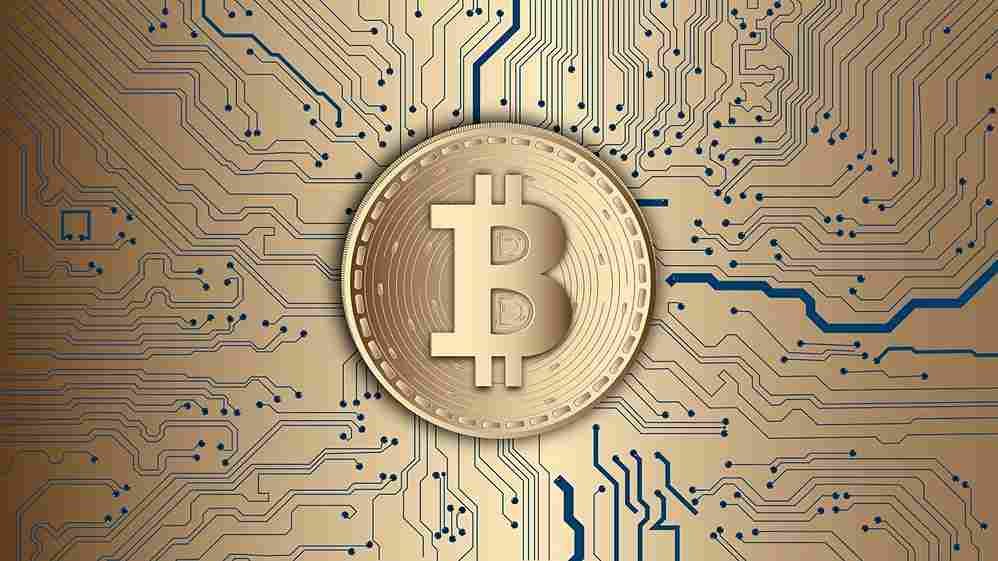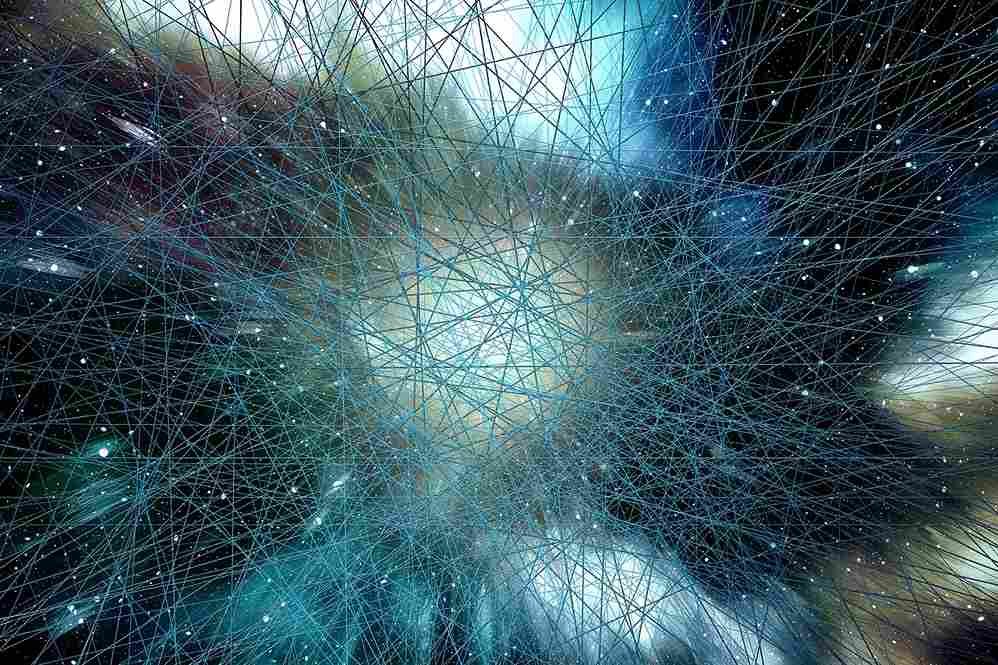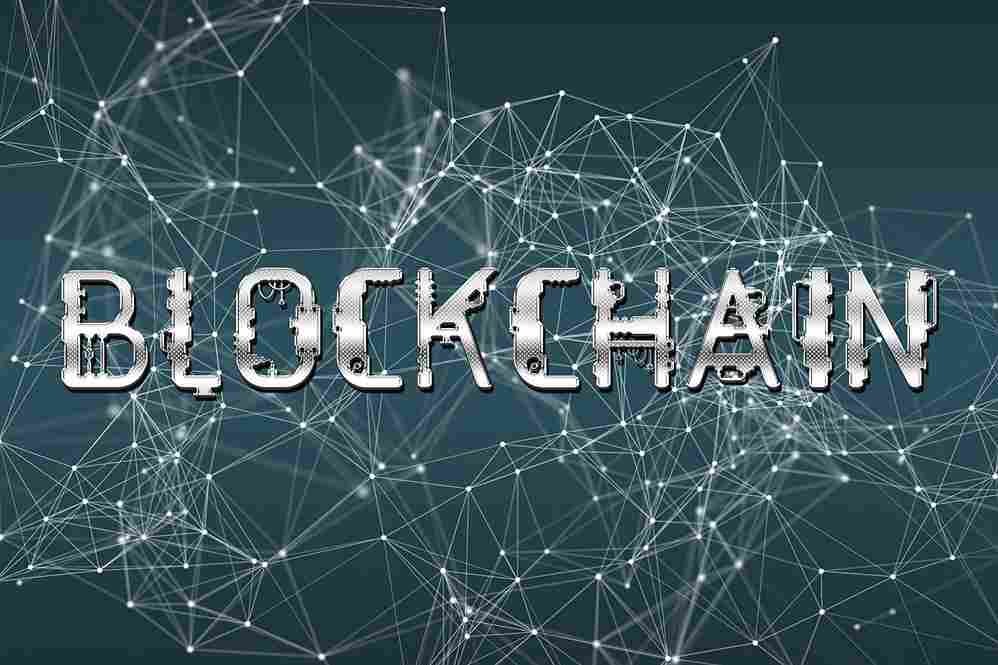What is Blockchain?

Blockchain technology creates the backbone of a new kind of Internet, which can be used but not copied (subject to permission to distribute digital data).
Let’s try to understand the matter more simply. Suppose a gentleman sends 5 thousand USD or any others currency to his father in the village through conventional banking services. So if we analyze this transaction system a little, then the gentleman is the first party, and his father is the second party; on the other hand, the banking system is the third party. So what happened is that almost all activities, including transactions, are completed through this banking system. That means the bank provides all the facilities needed to exchange money between two people through its services. That is what we call the banking system.
If you understand the above banking system, then it is easy for you to understand blockchain. You can compare the banking system with blockchain, but the blockchain system is not like the banking system at all. Let’s clear things up a bit. The above gentleman will send money to 10 friends, and these few can connect with each other and transact money through one or the other.
In the language of blockchain, we call this issue of money transfer through interconnection as Open Ledger or open transaction account. Being open, the entire blockchain system is kept decentralized. Notice the interconnectedness of 10 people, as they are connected to each other, everyone has an idea of everyone’s account – this is where the real fun of blockchain comes in as every account connected is automatically updated with every transaction. Automated this is Distributed Open Ledger which is also known as Decentralized.
But here you may have a doubt – like someone can say 1000 rupees by sending 100 rupees. This is why the entire transaction system has to be verified, and those who do this verification are called miners.
Blockchain in a Nutshell —
Blockchain = Block + Chain. In this system, each block is an account, and each transaction is managed in the form of a management chain. Each block ensures a high level of security through hashing so that no one can tamper with it.

Blockchain, using cryptographic technology, was first worked on in 1991, although it did not see much success and did not gain widespread use. Its actual use was exploited in 2008 by an anonymous person named Satoshi Nakamoto, who started using blockchain technology for cryptocurrency, i.e., Bitcoin transactions. As a result, worldwide awareness of the use of blockchain continues to grow today.
Since the journey of blockchain has successfully started with the use of Bitcoin, it is easy to understand blockchain by looking at how Bitcoin is transacted.
How Does Blockchain Work?
Blockchain essentially creates a P2P network where each block of data in the blockchain can be verified by anyone connected to the internet.
Blockchain, in simple terms, is a distributed open ledger. Let’s say it in simpler terms. We find that various offices-courts have a large ledger in which various information is recorded. This ledger is called a ledger, which cannot be seen by anyone except the office staff. Transactions made using blockchain are stored in a ledger on ChainSteam, which everyone can see.
Think, I’ll send bitcoins to a person if I get any information or easy to understand via blockchain. Then when I send that person’s address, my transaction will be taken in a block. The block is then enclosed in a (#) hash for security purposes. And one block is connected to another. Each block contains the address of its previous block, thus linking one block to another block.
On the other hand, all the transactions that happen at the same time are put into a block. For which thousands of computers work. And all computers have a copy of that block. This is how strong networks or chains are created. And the documents that are stored for the future through the chain are called ledgers. From where we all see the transactions.
Advantages of Blockchain:
Blockchain is a technology that is very secure and fast. It is secure because it is impossible to hack the transactions you make using the blockchain.
Think you have made a payment to someone using blockchain, then immediately this information of yours reaches all the computers involved in this system. And the hash of the previous transaction will be added to your transaction to give validity to the data. This way, the hash of your transaction will be linked as the previous hash of the hash of the next transaction. In this way, the chain system continues.
If someone wants to hack the blockchain technology and make any mistake in its data, it is impossible to do so. Because to do that, he has to hack thousands of computers at the same time. Because, as I said earlier, as soon as each transaction is created, its information reaches thousands of computers. And it takes about 10 minutes to create a block with more transactions. And so one
To change the complete information of the block; the hacker will have less than 10 minutes. And hacking thousands of computers during this period is imaginary.
Popularity of Blockchain:

You can easily guess from the above information how impossible blockchain hacking is. Besides, you can complete your transaction in very little time. As a result, the popularity of blockchain is increasing day by day. Although its success started with cryptocurrency trading, its use is now being planned for many purposes. For example, some banks are testing its use. In this way, research continues on its use day by day.
As an example, Bangladesh Railways online ticketing can be considered. Here we buy tickets through mobile or web apps, where the payment gateway charges a fixed amount per transaction. Blockchain here saves us from the processing fees of these payment gateways. Railways can transfer the entire process of ticketing inside the blockchain. There are two parties to the transaction – the railway company and the passenger. A ticket is a block of data, which will be added to the ticket blockchain. Just as financial transaction records exist on the blockchain as unique, independently verifiable, and deniable records (like Bitcoin), so can we have these tickets. The most interesting thing is that in the latest ticket blockchain, there will be a record of all transactions of any train route or entire train network, where any ticket was sold, or when any train journey took place.




